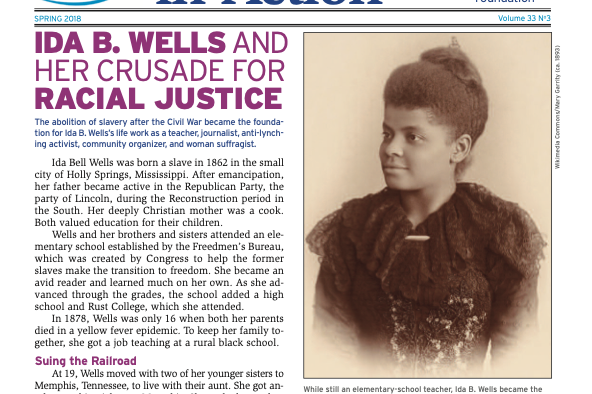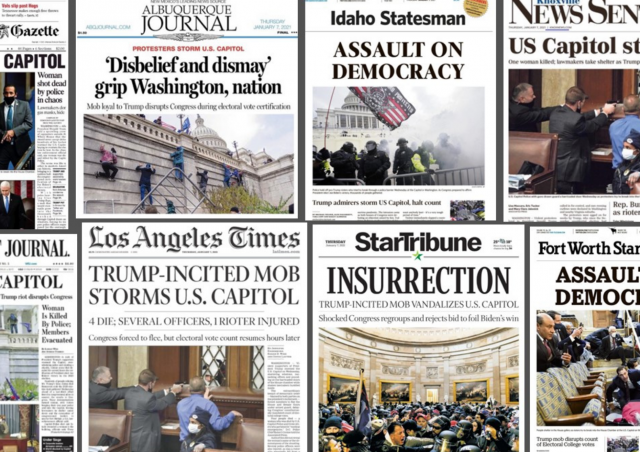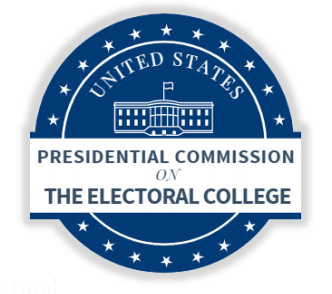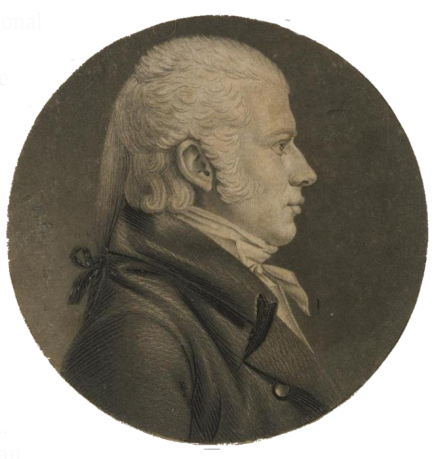About This Lesson
Today, there are vast amounts of information readily available online. It can be hard to decide between what is real and what is fake or a hoax. In this lesson, students learn about the phenomenon of “fake news,” how it spreads quickly on the Internet, and how to recognize it and distinguish it from other types of information. First, students discuss what makes news reliable. Next, they read a balanced article on fake news and examples of fake news on the Internet. Then, they learn about using the SMART (standing for Source, Motive, Authority, Review, and Two-source test) Information-Age Checklist to help them use critical thinking in evaluating online information. Finally, students work in small groups to apply SMART to hypothetical examples of news and online information.













